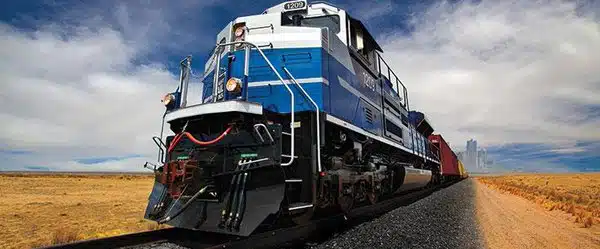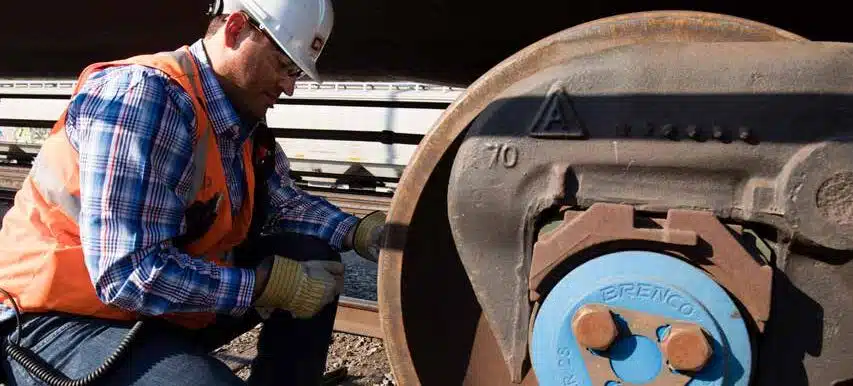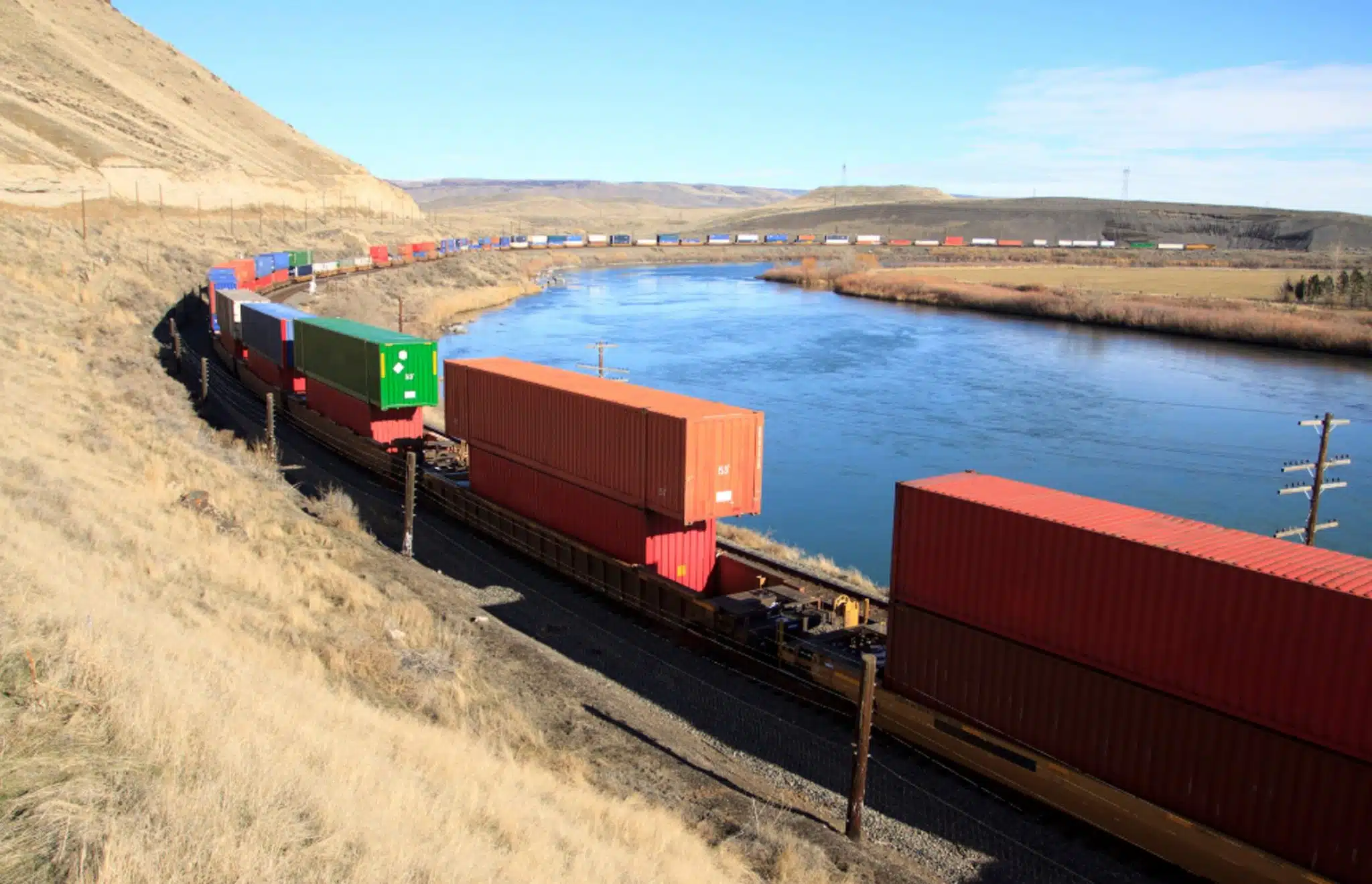We use cookies to create a better user experience, analyze site traffic, personalize content and serve targeted ads. By using this site, you consent to cookie use. Learn more in Privacy Policy in the footer below. If you are a California resident, refer to our CA Privacy Notice, which explains your CA privacy rights and how you can exercise them.

Chorus of Diverse Voices, Railroads Urge EPA Denial of California Locomotive Authorization
“We urge the Biden administration to heed these calls and make the right choice, putting rail on a better and more logical path to continued emissions reductions,” says AAR CEO Ian Jefferies.

A Train's Safety Journey Never Ends
Explore this listicle to see how people and technology keep a train safe from the start of its journey to its final destination.

How Intermodal Reinvented Freight Rail
As the fastest growing major rail traffic segment, discover how freight railroads use intermodal to provide cost-effective, environmentally friendly service for almost anything that can be loaded into a truck or a container.
AAR News
-
Apr. 24Weekly Rail Traffic for the Week Ending April 20, 2024Washington, D.C.
-
Apr. 24Chorus of Diverse Voices, Railroads Urge EPA Denial of California Locomotive AuthorizationWashington, D.C.
-
Apr. 17Weekly Rail Traffic for the Week Ending April 13, 2024Washington, D.C.
-
Apr. 10Weekly Rail Traffic for the Week Ending April 6, 2024Washington, D.C.